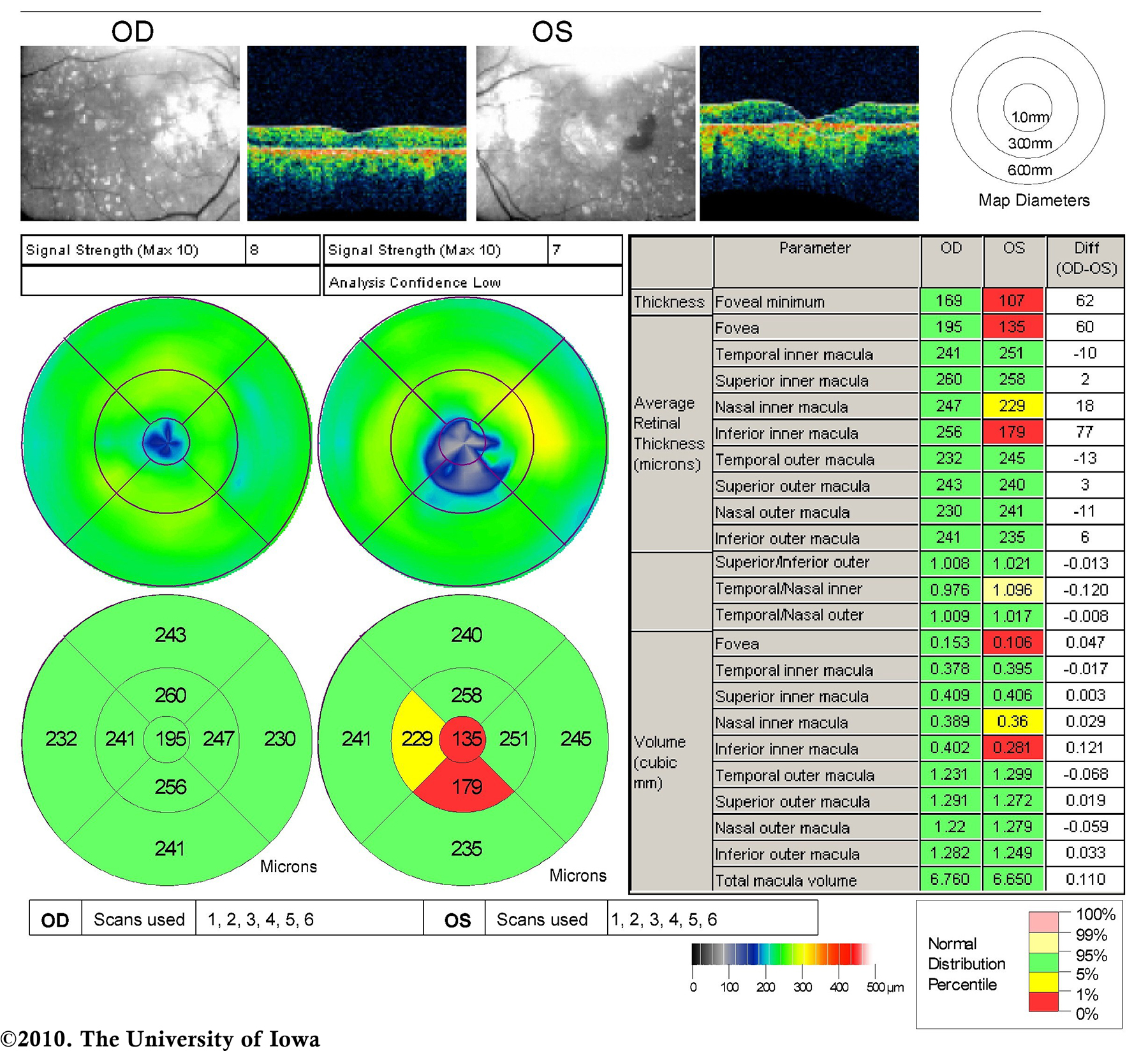

Behind that layer, the compound eye of nocturnal insects-defined as a “superposition” eye-has a transparent region called the clear zone. In the moth’s eye, photopigment granules are stored between crystalline cone-shaped structures, or Semper cells, beneath the cornea. Moths use a light-absorbing pigment that moves position to limit the light within the eye.” “Human eyes have a pupil that changes size to regulate light input to the eye. “During the night the light levels are low, so their eyes need to be very sensitive but, they also need a way of adapting to environmental light conditions, and protecting those sensitive organs, if a bright light is encountered,” says Berry. Conversely, they can be challenged by the bright light of day. You may have peered into one if you have been examined for macular disease or if you are elderly it is used routinely in many patients over 70.Īdapting to seeing in the dark is one of the evolutionary problems that nocturnal animals have had to overcome. It is widely used in ophthalmology to obtain cross-sectional information about structures within the eye, making it an important diagnostic tool in the evaluation of human eye diseases. Like medical ultrasound, OCT technology images biological tissue but does so by using light instead of sound. To date, this light-regulation process has been visualized only in still images from dead specimens, but the new technique records in real time the moth eye adapting to changing light as it unfolds, dynamically.Īn article by optometrist Simon Berry, MCOptom, published in June in the journal Environmental Entomology, describes the first use of optical coherence tomography (OCT) to view anatomical detail in the compound eye, common to insects, crustaceans, and other arthropods. If you are into puns, you might call it an eye-opening innovation.Īn optometrist in the United Kingdom has adapted technology for diagnosing human eye disease to instead scan how the eye of a living nocturnal moth regulates light input.


 0 kommentar(er)
0 kommentar(er)
